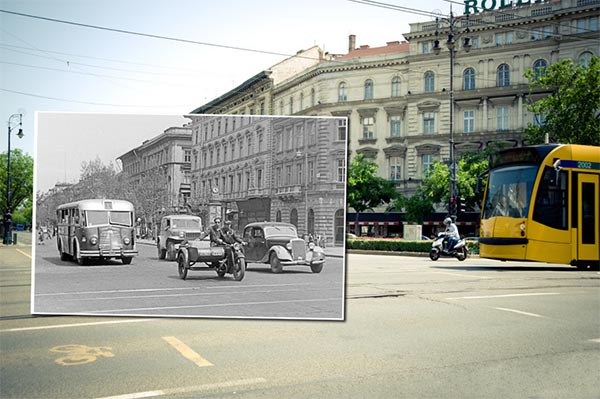Budapest today
How fares Budapest as the capital of one of the 10 “accession” countries that joined the EU in 2004?
Many people here will tell you that the question is irrelevant, that Hungary and its capital have not seen any changes at all. In some regards, that is true – Budapest today is what Budapest was yesterday and what Budapest will be tomorrow.

In many other ways, the city has changed dramatically. Unemployment and inflation are down, nowadays almost 0%, real income and tourism figures are up. Fapados (“wooden bench” – i.e. budget) airlines like Wizzair, EasyJet and Ryanair have landed in Budapest and thousands of new-type foreign tourists coming for a holiday.
Budapest is being redeveloped – putting on a very bright new face in some parts – and property prices are booming. The once canyonlike gap between Hungary and wealthy Western European nations is rapidly closing, and people in Budapest are spending more money than ever on homeentertainment centres, mobile phones, travelling and even food.
The world is one big oyster and all that is missing is the cocktail sauce, right? Wrong. And why? Because Hungarians are still not happy. They were not happy under socialism – they were the ones who electrified the barbed-wire fence separating themselves from Austria in the first place – and they weren’t happy four years later when a poll taken in mid-1993 found that a full 76% of them were “very disappointed” with capitalism and their living standard.
Only 36% – the lowest in the EU and less than half the EU average of 73% – said they were satisfied with their quality of life. Enough is enough already, will the Magyar ever be happy? Probably not if history repeats itself; we know this all too well from their art, their music, their honfibú, and that disgruntledness goes back centuries. But why? Well, anyone who has lived here for any length of time knows that it’s part of the social fabric, it’s in the blood.